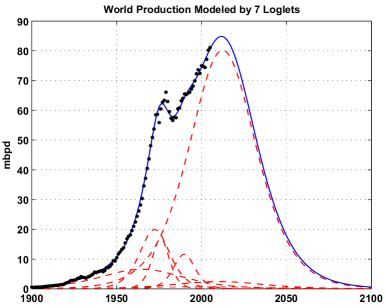An out-of-touch campaign calling for divestment from fossil fuels made some fuss last weekend. It gained a good deal of momentum, with calls on major banks to stop financing the fossil fuel industry. Such is the world of cornucopians.
The real world is somewhat different, however. Throughout 2014 this review
thoroughly reported how the industry has been cutting back spending, particularly on
exploratory activity. This trend formed when petroleum prices still stood above 100 $/b and is driven by a simple fact: the declining quality of remaining resources. This week we learnt the consequences of this divestment: 2014 was one of the worst fossil fuel discovery years since the II World War.
The galore perspective on resources continues to dominate the popular discourse and is one of the main reasons why energy policy has been such a failure in Europe this century. Without acknowledging the profound transformation the fossil energy sector underwent this past 15 years, we remain condemn to failure.


